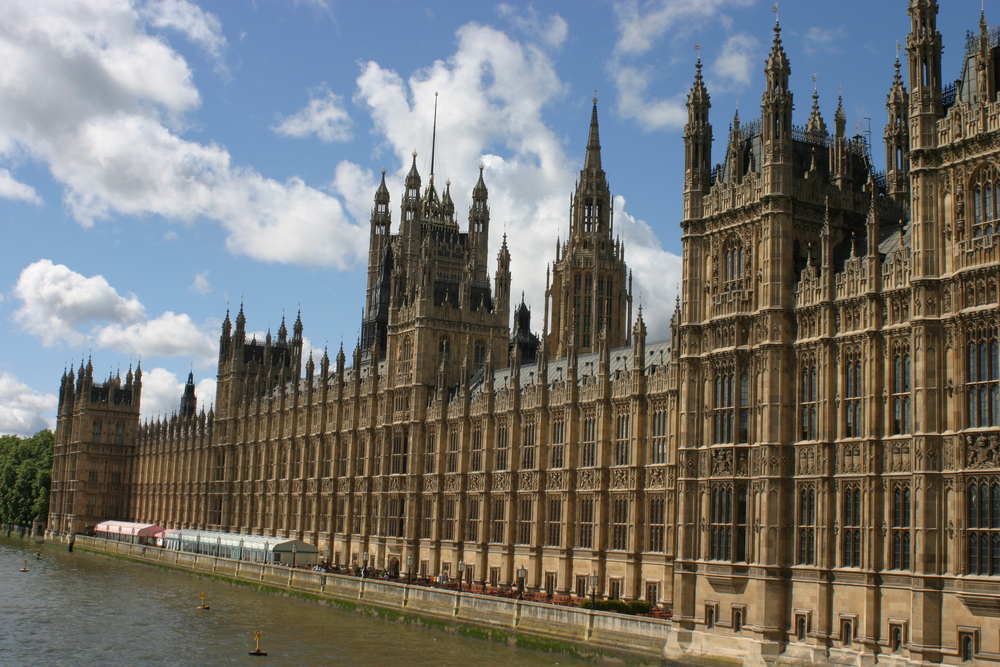At a glance
- Using all your pension and ISA allowances before this tax year-end will bring your tax bills down.
- Pensions are generally the most tax-efficient, while ISAs are simple, flexible and can be accessed at any time (subject to scheme conditions).
- For many people in the UK, pensions and ISAs remain the most popular and tax-friendly ways to save.
Many of us will face bigger tax bills this year. With the personal allowance frozen until 2027/28, plus the additional rate threshold dropping to £125,140, taxes will increase by £40 billion by 2028, according to the Institute for Fiscal Studies.2
In addition, the tax-free allowances for Dividend and Capital Gains Tax will halve in 2024/25 to £500 and £3,000 respectively.
What will higher taxes mean for your investments?
These changes mean you may need to invest more to achieve your long-term goals. Or even pay your tax bill. It’s definitely wise to make the most of all your pension and ISA allowances.
Financial advice can help you decide how you should split your money between pensions and ISAs to improve your financial wellbeing both now and in the future.
Why use pensions and ISAs together?
Some higher earners think they need to decide between a pension or an ISA. It’s not an either/or question, and a combination of both is often the savviest way to save.
Of the two, pensions are still the most tax-efficient, since the basic-rate tax relief guarantees you a 20% cash boost from the government on contributions you make (subject to certain limits). Plus, if you’re still in a workplace pension scheme, your employer will also be contributing at least 3% of your qualifying earnings.
Why else should you save more into your pension? First, you can’t access your pension until age 55, though this is set to rise to 57 in 2028, stopping any temptation to dip into the savings. And there’s another plus; you can choose to pass your pension pot on, when you die.
Pension contributions save you tax right now – but they could also save on your eventual Inheritance Tax (IHT) liability. Pensions generally fall outside of your estate when it comes to paying IHT, so that’s a wonderful thing to leave to a loved one.
Are ISA contributions tax deductible?
ISAs are hugely popular. They’re a tax-efficient, simple and flexible way to save. Around £66.9 billion was invested in adult ISAs in 2021/22.3 There are various types of ISA, including Cash, Stocks and Shares, Lifetime and Innovative Finance.
Since you don’t pay tax on interest, income or capital gains in any of these ISAs, you don’t need to declare them on your tax return.
Unlike pensions, you don’t need to wait until you’re 55 to access your money. That flexibility means you can have cash ready for rainy day emergencies, as well as for other goals that are a little further in the future.
So, using a combination of pensions and ISAs is a smart way to plan for money you might need in the short-term, and savings you might need in later life.
How can I balance pensions and ISAs?
Creating a flexible, tax-efficient retirement plan to suit you, and everything you’re planning to do, usually means using a combination of pensions, ISAs and potentially, other types of investment too.
Choosing the best way to balance that mix is down to personal choice, and your plans for the short- and long-term. Questions to consider may be how much money you think you’re going to need, when you want to start accessing that money, and even whether you want to pass money on.
It’s a personal choice and making the right decision can feel complicated.
That’s where advice can make a huge difference to your future financial wellbeing.
To help you get started, here are some things to factor in:
ISAs and pensions – the benefits
| ISA | Pension | |
| Can I have instant access? | Yes (subject to scheme conditions) | Not before age 57 from 2028 unless you retire on severe ill health grounds, or have a protected retirement age |
| How much can I pay in? | £20,000 each tax year | There is an annual limit of £60,000 with takes account of all contributions paid, including those from your employer. You can carry forward this allowance for three years if unused.Personally, you can get tax relief up to 100% of your earnings or £3,600 if higher in the tax year. |
| How much tax will I pay on it? | You don’t pay Income or Capital Gains Tax on any gain you make | 25% tax-free lump sum from age 55 but then you are liable Income Tax at your marginal rate on the remaining 75%. |
| Do I get tax relief on my contributions? | No | Yes. In a personal pension, if eligible, you will get an immediate 20% from the government on any contribution. Higher or additional rate taxpayers can claim further relief via self-assessment. |
| What happens when I die? | Your ISA is counted as part of your estate for Inheritance Tax (IHT) purposes | Pension funds aren’t generally included in your estate for IHT purposes. Death benefits are generally tax free if paid before the deceased’s 75th birthday, but subject to beneficiary’s marginal rate of income tax if deceased was over 75 at date of death. |
How can my pension reduce my tax bill?
Another handy advantage of personal pension contributions is that they reduce your taxable income, and therefore the amount of tax you’ll pay. They also may help you hold on to certain benefits and allowances, by keeping you in a lower tax band threshold.
All of which means you’ll have more money to save or spend.
You can’t use ISAs in the same way since any contributions you make come from your taxed income.
Pension contributions can help you massage your tax thresholds, too. Paying into a pension may help higher earners bring their income below the additional rate tax threshold of £125,140.
For example, if your adjusted net income is £125,140 or more this tax year, you’ll lose all your entitlement to the personal allowance, as your personal allowances reduces by £1 for each £2 you exceed £100,000 of income. But by making a pension contribution of £25,140, you could bring your taxable income back down to £100,000. Which means you’ll still be entitled to your personal allowance.
Pension contributions can also help you hold onto your Child Benefit, which you would lose if one partner or parent in the household earns more than £50,000.
In addition to the 20% basic-rate relief, higher or additional-rate taxpayers can also claim an extra 20% or 25% as applicable relief on pension contributions through their annual tax return.
Pensions, ISAs and your retirement income
You can take 25% of your pension fund tax-free. After that, the retirement income you take from a pension is taxable, whereas you can access funds from an ISA anytime.
That tax saving on income taken from ISAs in retirement can be considerable. But it’s worth remembering that any money you put into your ISA has had Income Tax deducted before you invest it.
Using that, combined with your personal allowance, means you can plan your retirement income tax-efficiently.
Pensioners usually pay lower Income Tax rates than they did while they were working. This means that, for the vast majority, the tax relief gained when putting money into a pension is more than the tax rate on the money taken out.
Pensions and legacy planning
Using your pension together with ISA income gives you even more tax-planning options for the whole family.
If you’re hoping to leave a good legacy to your loved ones, remember that most pensions aren’t subject to Inheritance Tax (IHT). ISAs, however, are – except if you’re passing the money directly to your spouse or civil partner.
So if you are able to use your ISAs to fund your retirement, you’ll be able to pass your pension to your loved ones, tax-free.
Get tax-smart before tax year-end
Using pensions and ISAs together is increasingly important for all savers.
The last few weeks of this tax year, and the beginning of the next one, provide immediate opportunities to review and rebalance your mix of ISAs and pensions, setting you up for a more financially secure future.
The value of an investment with St. James’s Place will link directly to the performance of the funds selected and may fall as well as rise. You may get back less than the amount invested.
An investment in a Stocks and Shares ISA will not provide the same security of capital associated with a Cash ISA.
The levels and bases of taxation, and reliefs from taxation, can change at any time and are generally dependent on individual circumstances.
Please note that Cash ISAs, Lifetime ISAs and Innovative ISAs are not available through St. James’s Place.
Sources:
1OECD Revenue Statistics 2023, accessed Feb 2024
2Institute for Fiscal Studies, accessed Feb 2024
3Commentary for annual savings statistics, Gov.uk, June 2023 accessed Feb 2024
SJP Approved 20/02/2024





